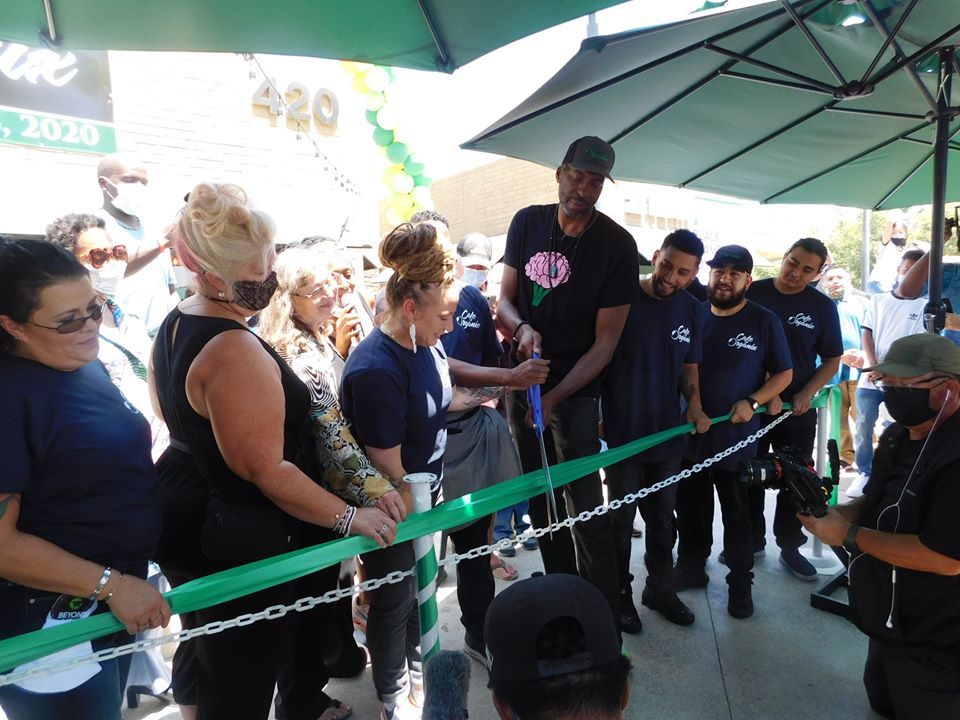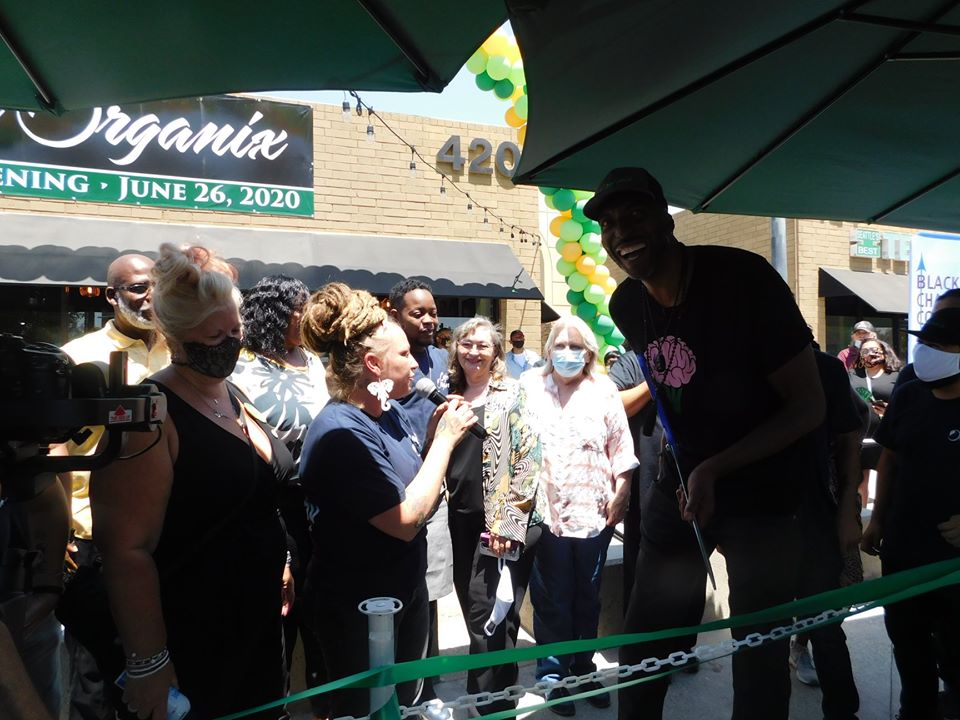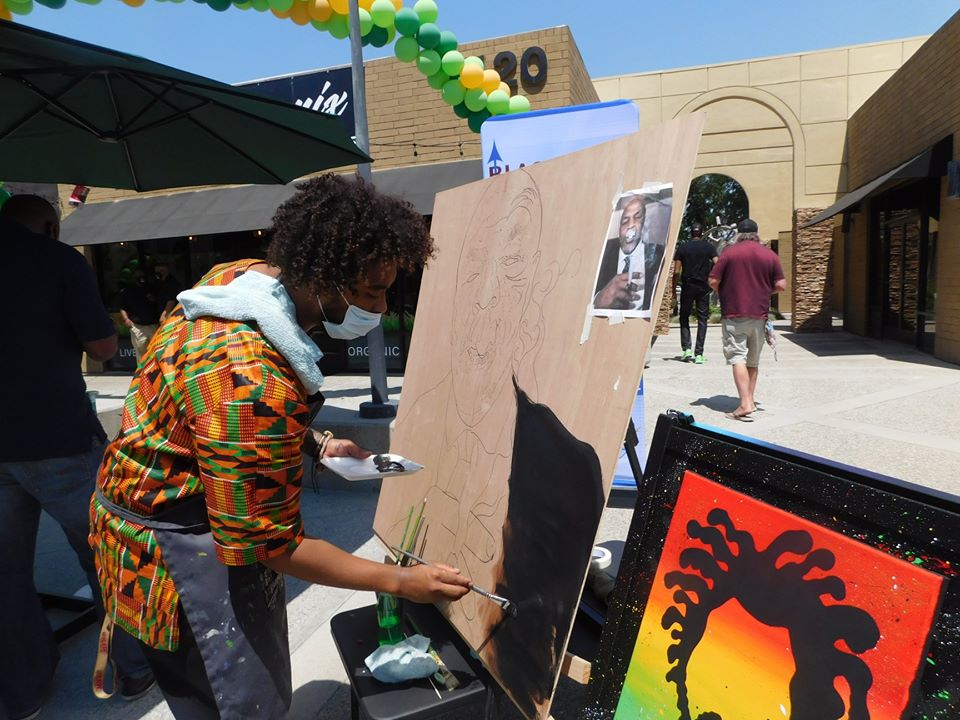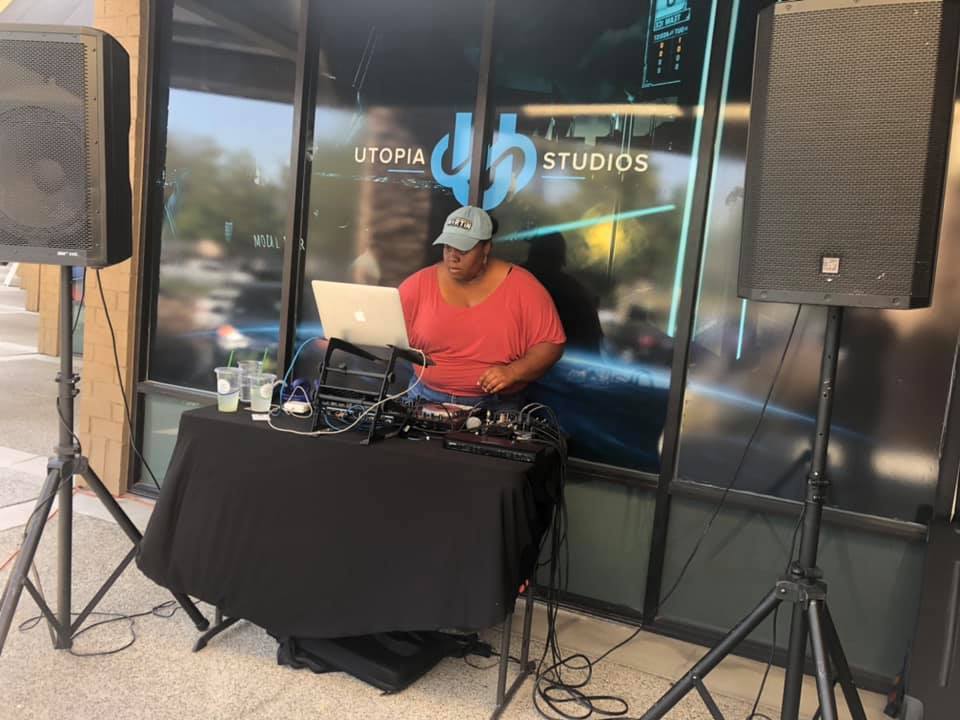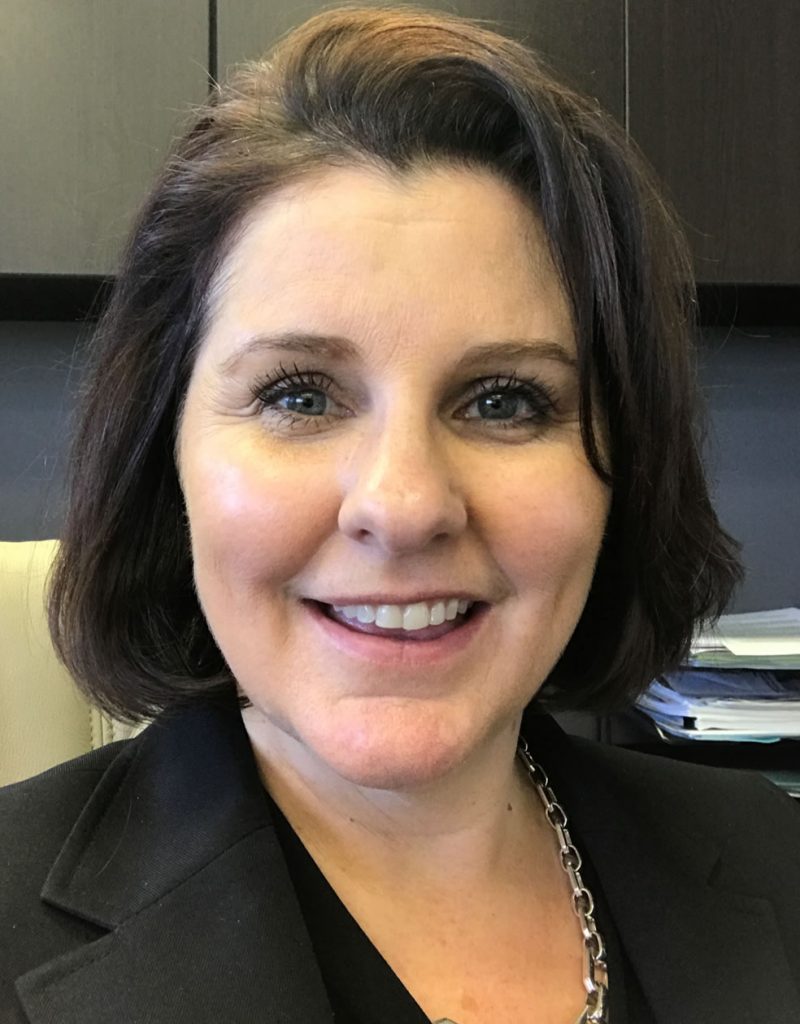$5 million fundraising goal and an innovative model of philanthropy
INLAND EMPIRE, CA—- Thanks to the long-standing leadership of Black-led organizations and the power of the cross-racial coalitions they have built, we are seeing tremendous advancements in racial equity in the United States and globally. Countless government agencies, corporations, and foundations have, in a matter of weeks, redoubled their commitments to racial equity and combating anti-Black racism.
Black-led organizations (BLOs) in the Inland Empire are an important part of this story. Capitalizing on decades of patient work and incremental wins to advance racial equity, BLOs in the Inland Empire have scored some significant policy victories in recent weeks. These include getting San Bernardino County as the first in California to declare racism a public health crisis, replicating these victories in several other cities in Southern California, and getting San Bernardino County to include equity as a standalone element in its Countywide Vision.
Continuing in that tradition, the Inland Empire Funders Alliance (IEFA) is proud to partner with the Black Equity Initiative of the Inland Empire in launching the Black Equity Fund—a regional pooled fund with a preliminary goal of raising $5 million over two years and updated thereafter to support long-term investments in Black-led organizations. The Black Equity Fund is being seeded with investments from The California Endowment and the Inland Empire Community Foundation, and has already garnered interest from several foundations and private donors.
The IE Black Equity Fund is the first known regional pooled fund on Black equity that brings together statewide, regional and local funders as well as private donors and corporate philanthropy, working in partnership with leaders of the Inland Empire Black Equity Initiative to advance their priority issues.
An important innovation of the IE Black Equity Fund is to follow the guiding principles of theTrust-Based Philanthropy Project, which recognizes “the inherent power imbalance between foundations and nonprofits” and approaches grantee relationships “from a place of trust, humility and transparency.” Partners in the regional fund pledge to: 1) give multi-year, unrestricted funding; 2) center IE Black Equity Initiative leaders in decision-making; 3) simplify and streamline paperwork; 4) be transparent and responsive; and 5) offer support beyond the check by participating in peer learning with IE Black Equity Initiative leaders to improve Black equity in funders’ overall grantmaking practice.
Organizers of the Black Equity Fund—including the Inland Empire Funders Alliance, IE Black Equity Initiative, Inland Empire Community Foundation, and the Center for Social Innovation—noted the importance of seizing the moment, and doing so in a way that fundamentally alters power relationships in philanthropy and empowers Black community leaders as much as possible.
“The Black Equity Fund is being developed through an iterative process based in equity whereby those most impacted and closest to the problems and conditions we need to change are driving the strategy and decision making process. It’s in those lived experiences where generative and relevant solutions are birthed,” said Margarita Luna, Senior Program Manager at The California Endowment and vice-chair of the Inland Empire Funders Alliance.
Dina Walker, President & CEO of BLU Educational Foundation noted another innovative aspect of the partnership: “The Black Equity Initiative is a collective impact model with a cultural lens centered on the principles of Kwanzaa,” she noted. “This includes self determination, collective work, and responsibility. It is from this foundation that we work together to create the vision, develop strategy. work the plan and ultimately reap the harvest. We trust and move forward together knowing that our success is intrinsically tied to the success of each other. This is how we meet the needs and dreams of our community.”
Felicia Jones, Associate Director at Congregations United for Prophetic Engagement, noted that Black led organizations have a powerful track record for leading equity work in the Inland Empire. “Groups began to formally collaborate on issues of educational equity more than a decade ago, moving important reforms in school districts throughout the region,” she noted. “The collaborative, formerly known as the African American Education Collaborative and later renamed the IE Black Equity Initiative, continued to evolve from a group of 10 to now more than 20 Black led organizations and has expanded its collective work into criminal justice reform, higher education, and civic engagement.”
“There is going to be an intentional need for philanthropy to embrace this moment with us, heal with us, learn with us, and see this as a movement building opportunity,” said Pastor Samuel Casey, Executive Director of Congregations Organized for Prophetic Engagement. “We cannot have a short attention span when it comes to systemic solutions. We will need long-term, general operating support to ensure that the gains and wins that have been, and will be achieved, are sustained.”
Michelle Decker, CEO of the Inland Empire Community Foundation and a co-investor in the Black Equity Fund, underscored the need for funders to repair the damage from decades of underinvestment in Black communities. “We need to come together in a manner that honors the expertise of Black-led organizations,” she noted, adding that “the economic and health challenges of COVID-19, as well as the collective trauma of the killing of Black lives, have shown us that the success of the region will rise or fall based on its progress on racial equity.”
Finally, the Center for Social Innovation led by Professor Karthick Ramakrishnan at UC Riverside is a strategic data partner to both the Black Equity Initiative and the Black Equity Fund. It will provide research support to help motivate, inform, and learn from philanthropic investments in Black-led organizations in the Inland Empire. “The Inland Empire is a center of innovation when it comes to advancing racial equity,” Ramakrishnan noted. “Our communities have come together in even more powerful ways after COVID-19 than they did previously, and we are grateful that our data and narrative work can help strengthen regional investments and support the leadership of Black equity organizations in the region.”
 Westside Story Newspaper – Online The News of The Empire – Sharing the Quest for Excellence
Westside Story Newspaper – Online The News of The Empire – Sharing the Quest for Excellence

